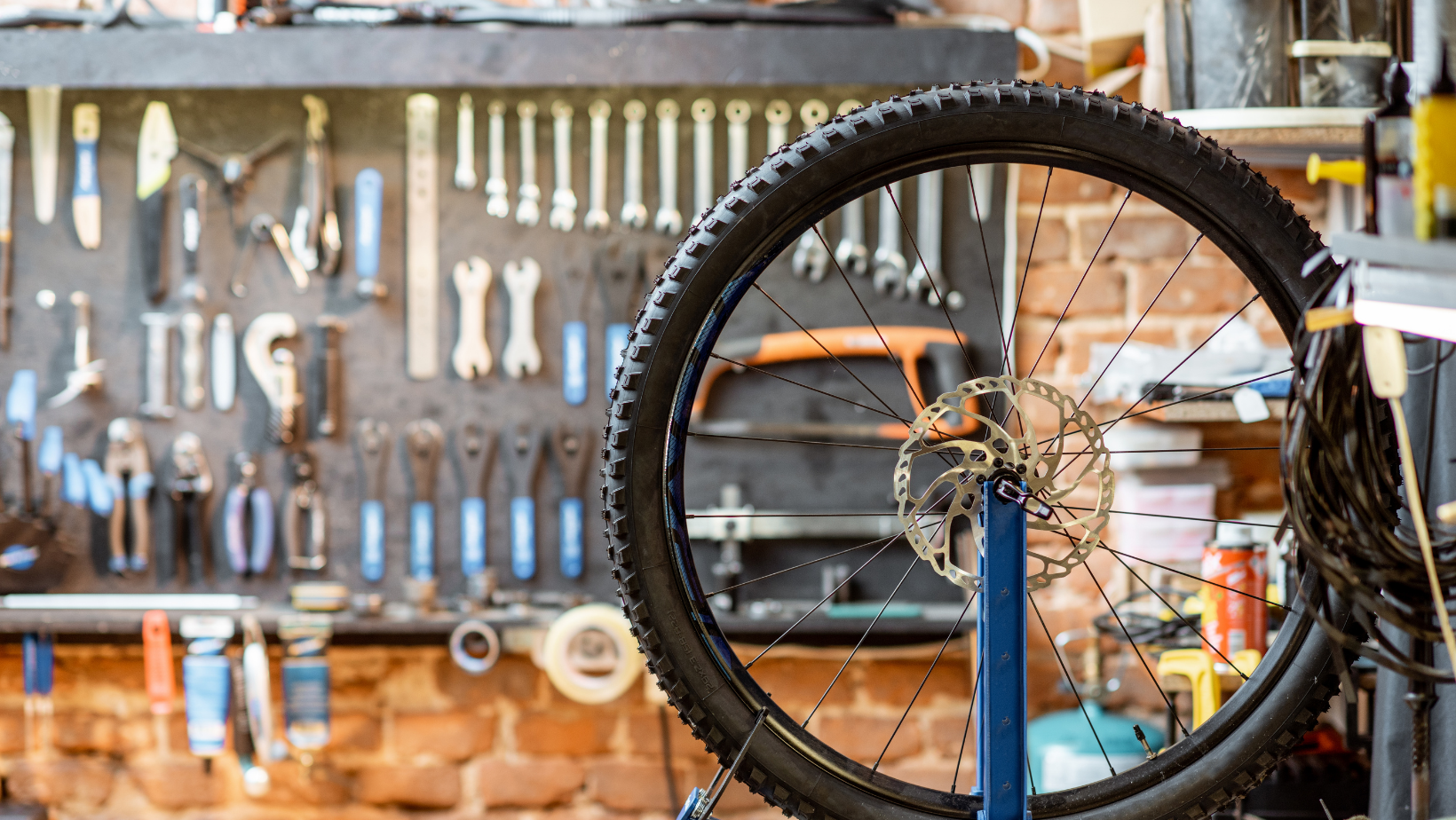How to Prepare Your Bike for Shipping
Getting your bike from A to B should be easy enough - just hop on it - except when pedaling to point B is not an option. The next best choice is shipping your trusty two-wheeler safely. However, to do so, you need to prepare your bike for shipping first. How much do you know about the process?
Everything you should know about bike shipping
It's not even a secret. Sportspeople regard their sports equipment as the extension of their limbs, and cyclists are no different. So, when training, competitions, home relocation, or long-distance vacation call for it, transportation of sports equipment becomes necessary and is usually dreaded. Yet, the fear is unfounded. There is a simple approach that ensures your mental wellbeing and the safety of your bike in transport. But first things first.
- Decide on a shipping method. Who will transport your bike, where to, and how much will it cost?
- Obtain sufficient and quality packing supplies. Your bike is only as safe as its most fragile part.
- Disassemble the bike and wrap its pieces. Reduce the possibility of damage in transit.
- Pack your bike and equipment. Choose the correct shipping box: if it fits, it ships.
- Label the package correctly. Where to, times three, and other tips.
See? It is not that complicated at all.
Shipping options at your disposal
Believe it or not but choosing the shipping method comes first. It will define your shipping costs and influence your choice of shipping supplies. When it comes to shipping sports equipment, different carriers apply different fees, and it is worth your time to research and compare them.
You may find yourself deciding between a specialized bike-shipping company and a traditional shipping carrier. Keep in mind that quality service and fast shipping translate into higher shipping expenses. Shipping insurance, maybe? This is the time to set your budget and decide. Also, remember that some carriers limit the maximum weight for shipping bicycles, so check upfront.
Consider the shipping duration and destination in advance. Are you shipping your bike to a residential address or a hotel? How soon can it arrive? Is there going to be someone to accept the shipment if you're not available? Does the shipping carrier accept custom bike boxes? Is pickup at the destination possible, and how does it work? Find out the answers either with your carrier, your hosts at the destination, or both.
How you pack it is how you get it
You don't need us to tell you not to stint on packing supplies. If you've ever had to buy necessary supplements online, you know that packaging is key in protecting the fragile product in transport. So, if you need to prepare your bike for shipping, get the packing supplies and a proper-sized box from reputable sources.
Where should you look first? Your local bike shop might have just the bike case or bike bag that suits you. However, if you don't plan to ship your bike that often, investment in a sturdy bike case will take longer to pay off. The same shop might give you a bike shipping box in excellent condition, spare packing materials, and even a couple of packing tips.
Also, if you plan on relocating the gym equipment you need for training along with your bike, one box will not be enough. So, if you have other pieces, you may choose to ship them all together in a shipping container, but that still doesn't bypass the need to pack each safely.
The packing materials you will need? Must-haves are a plastic derailleur protector disc, foam padding, air bubble foil, airtight plastic bags, zip ties, and duct tape.
Take the bike apart
You don't have to be a bike mechanic even if you're a pro athlete, although it helps. Disassembling your bike and wrapping each piece is the best way to keep every part safe during transport. So, either grab your tools or take your bike to a local expert.
Which parts should you focus on? Remove handlebars, stem, levers, saddle and seat post, pedals, disc brakes, wheels, and all accessories. It will help you dismantle the bike safely if you put it on a bike repair stand.
Wrap, pack, and repeat
Each part should be wrapped up separately. This way, you won't displace any piece, and it will make assembling much faster. Transparent airtight bags are perfect for screws and bolts, foam padding for frame, fork, and wheels, and air bubble foil for handlebar, seat, and seat post. Use zip ties to keep the foam and foil in place.
Depending on the size of the bike box, you might not need to remove the back wheel from the frame. So, take time to measure your bike and save yourself time and effort. As you remove parts from the frame, wrap the contacts to protect them. It also involves padding the cables, if they're external, and securing them with soft wrapping material.
In case you decide to pack pedals and other small parts in cardboard boxes, use padding material within. Safely packing all the elements implies that every removable piece is separately wrapped and packed and that nothing moves or rattles.
When labels do matter
Labeling as you prepare your bike for shipping serves two functions. It ensures that your bike reaches its destination. And it helps you quickly find needed parts and efficiently assemble your bike. Shipping labels can be created online once you create a profile with your chosen carrier. Make sure you place two labels on the outside of the box and one within.
The labels on the outside should be on opposite sides of the box, squarely taped, so the bar code is not covered. Otherwise, the scanning may not be possible, and tracking may not work. Placing the third label inside the box is a backup solution should both outside labels peel off or get damaged in transit.
Finally, it won't hurt to mark your bike box 'Fragile!' as an added level of protection. However, keep in mind that only labeling the box won't keep the items within safe.
Ship and wave
If it was your task to prepare your bike for shipping, only two things remain. The first is to wait for pick-up service or leave the bike box at the carrier's office. The other is to prepare yourself for hard cycling ahead.
The bottom line
To prepare your bike for shipping with success, you'll need to be organized, prepared, and well-equipped. Give yourself plenty of time to handle this task, and success will likely be in store.








